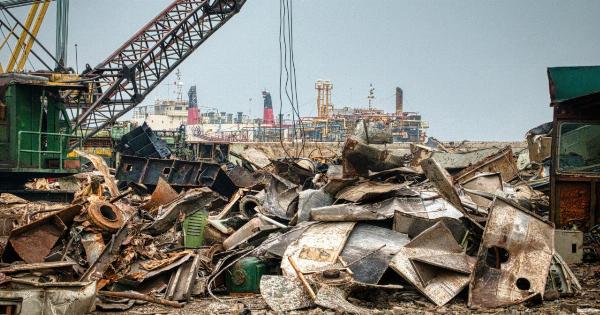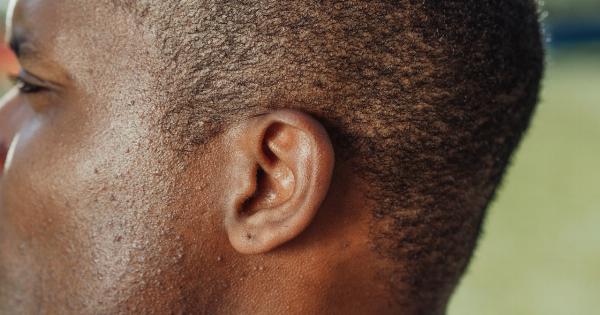Hearing is one of the primary senses that allows us to navigate the world around us. It helps detect sounds, communicate with others, and stay safe in various situations.
When hearing is impaired, whether due to age, injury, or neglect, it can have a significant impact on an individual’s overall well-being and safety. Untreated hearing issues can not only affect personal relationships and mental health but also increase the likelihood of accidents.
In this article, we will explore the correlation between untreated hearing issues and accidents, highlighting the importance of seeking appropriate treatment to mitigate potential risks.
Understanding the Impact of Hearing Loss
Hearing loss is a prevalent condition that affects people of all ages. According to the World Health Organization (WHO), over 466 million individuals worldwide experience disabling hearing loss, and this number is expected to increase.
The gradual loss of hearing sensitivity can have a profound impact on an individual’s life, affecting their ability to communicate, experience music, and engage with their surroundings.
Untreated hearing loss can lead to a range of challenges, including social isolation, depression, cognitive decline, and decreased overall quality of life.
In addition to these well-known consequences, there is also a correlation between untreated hearing loss and accidents.
Increased Risk of Accidents
Individuals with untreated hearing issues are more likely to experience accidents, both in their personal and professional lives. Here are several significant reasons why:.
1. Difficulty with Auditory Warnings and Signals
Hearing impairment can affect an individual’s ability to hear warning signals, such as honking horns, sirens, or alarms. This can be particularly dangerous when crossing roads, driving, or working in hazardous environments.
Failing to hear critical auditory warning signs can significantly increase the risk of accidents.
2. Reduced Spatial Awareness
Hearing plays a crucial role in spatial awareness and the ability to determine the direction and distance of sounds. Individuals with untreated hearing issues may have difficulty localizing sounds and identifying where they are coming from.
This lack of spatial awareness can lead to accidents, especially in situations that require quick reactions or when operating machinery.
3. Communication Barriers
Effective communication is essential in various scenarios, including workplaces, public spaces, and emergency situations.
Individuals with untreated hearing issues may face challenges in understanding and conveying vital information, potentially leading to misunderstandings, confusion, and accidents.
4. Occupational Hazards
In certain professions, such as construction, manufacturing, or transportation, the ability to hear and respond to auditory cues is crucial for workplace safety.
Untreated hearing loss can compromise an individual’s capacity to perform their job safely, resulting in an increased risk of accidents and injuries.
5. Falls and Stumbles
Hearing loss can affect an individual’s balance and spatial orientation.
When hearing is impaired, individuals may have difficulty maintaining balance, leading to an increased risk of falls and stumbles, especially in challenging environments or during activities that require agility.
The Importance of Seeking Treatment
Fortunately, most cases of hearing loss can be treated or managed effectively with appropriate interventions. Seeking treatment for hearing issues at an early stage can significantly reduce the chances of accidents and enhance overall well-being.
Here are some steps to consider:.
1. Consultation with an Audiologist
If you suspect hearing loss or are experiencing any related symptoms, it is important to consult with an audiologist – a professional specializing in hearing health.
They will conduct a thorough evaluation to determine the cause and severity of your hearing loss and recommend appropriate treatment options.
2. Hearing Aids
Hearing aids are commonly prescribed devices that help amplify sounds and improve hearing ability. Modern hearing aids come in various styles and technology levels to suit individual preferences and needs.
With proper fitting and adjustment, hearing aids can significantly enhance communication, spatial awareness, and overall safety.
3. Assistive Listening Devices
Assistive listening devices such as captioned telephones and personal amplifiers can further aid individuals with hearing loss in specific situations, including phone conversations or public presentations.
These devices can supplement hearing aids and provide additional support where needed.
4. Communication Strategies
Learning and implementing effective communication strategies can help individuals manage their hearing loss and interactions better. This may involve techniques like lip reading, using visual cues, and asking others to speak clearly and face directly.
5. Workplace accommodations
If you have hearing loss, it is important to communicate your condition to your employer.
Workplace accommodations, such as providing written instructions, ensuring adequate lighting, or using assistive listening devices, can help mitigate potential safety risks and improve overall job performance.
Conclusion
Untreated hearing issues can have a significant impact on an individual’s safety and increase the likelihood of accidents.
The inability to hear warning signals, reduced spatial awareness, communication barriers, occupational hazards, and increased risks of falls can all contribute to accidents and injuries.
Seeking appropriate treatment, such as consulting with an audiologist, using hearing aids, considering assistive listening devices, implementing communication strategies, and workplace accommodations, can help individuals mitigate these risks and maintain their overall well-being. Taking proactive steps towards addressing hearing issues is the key to living a safer and more fulfilling life.






























